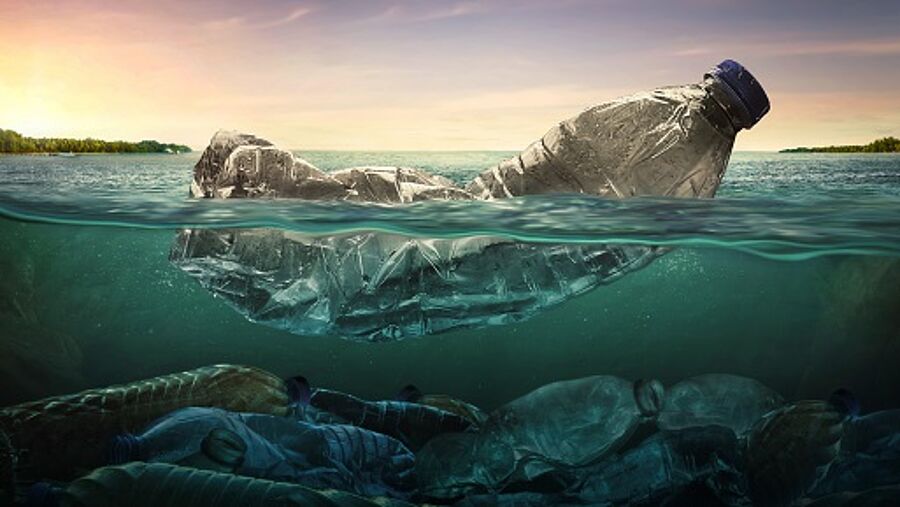Lo que puede hacer el navegante para ayudar a conservar el medioambiente
Aunque al navegar se utilice la fuerza del viento, cada navegación deja una huella ecológica tras de sí. Cada navegante, tanto si sale con su propia embarcación como si sale con una alquilada, puede reducir esta huella con poco esfuerzo.
Desde Pantaenius le proponemos algunas pautas.

Con la mano en el corazón: ¿durante sus travesías recicla toda la basura y la guarda para depositarla en su debido contenedor a su regreso? Cuando estamos de vacaciones solemos relajarnos tanto que el tema del reciclaje, el consumo responsable del agua o el ahorro de combustible suele quedar en segundo plano. ¡Y para disfrutar de nuestra afición, los navegantes y la industria náutica, ante todo, necesitamos ríos, lagos y mares saludables!
Lamentablemente en la actualidad la calidad general de nuestras aguas no es buena. Según un estudio reciente de la Fundación Ellen Mac Arthur, en 2025 habrá una media de una tonelada de plástico por cada tres toneladas de peces en los océanos. Si la cantidad de desechos y residuos plásticos en nuestras aguas sigue creciendo a este ritmo, en 2050 habrá más plásticos que peces nadando en el agua.
Mayoritariamente se culpa a la industria y al transporte marítimo de la contaminación, pero no son los únicos responsables: por ejemplo, en Alemania, cada hora se tiran 320,000 vasos desechables. Por lo tanto es tarea de todos poner solución.
5 environmental tips for sailors
1. A well-maintained engine in which the fuel is optimally burned and converted into kinetic energy has a savings potential of up to 40 per cent - good for your wallet and the environment! If you think ahead, you can consider electric propulsion for outboard boats or at least for the dinghy.
2. Plastic waste in the oceans is a huge problem. Microplastics, which are absorbed by fish, also return to our bodies - the consequences of these accumulated petroleum products have not yet been conclusively researched, but reducing plastic consumption is in any case appropriate. Instead of carrying small plastic bottles on board, fill larger canisters with clean drinking water where possible and then decant to smaller drinking bottles made of aluminium, stainless steel or bamboo.
3. After sailing, yachts are commonly rinsed down with fresh water once they’ve returned to their berth, but in hot, dry regions like the Mediterranean, water is scarce in the summer months. Use fresh water sparingly and only use detergents if it is really necessary.
4. When washing up, showering and cleaning, we have a choice between biodegradable products and products that are more harmful to the environment. These include, for example, cleaners containing chlorine or inorganic acids. Peelings and whitening toothpastes often contain microplastics; tiny plastic particles that have an abrasive effect. In the list of ingredients, they are commonly labelled as polyethylene (PE), polypropylene (PP), polyamide (PA) or polyethylene terephthalate (PET) - keep clear of these!
5. Anyone who makes a mammoth purchase in the supermarket at the start of a cruise not only buys a lot of food in unnecessary plastic packaging, but also gets deprived of discovering local delicacies. In Greece, for example, almost every island has its own cheese, its own wine, not to mention regional fruit and vegetables. Shopping in local markets not only supports the local economy, but is easy on the wallet and, due to the shorter transport distances, also on the environment.
